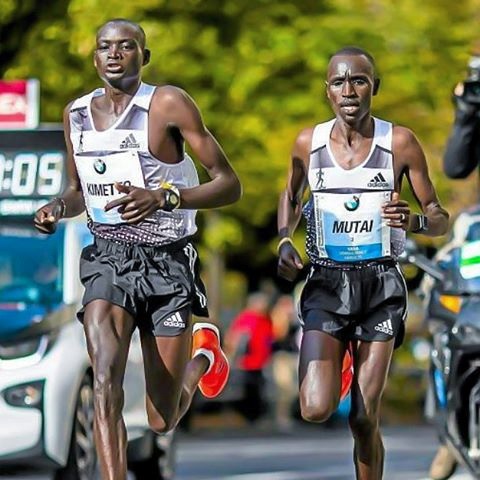The History of Running as a Sport 1
We all grew up as kids running around playing imaginary games. We didn’t see running as a chore but, rather, something entertaining to do. As you age, running can start to become more of a sport and workout activity than just a fun imaginary game. Here is a quick look at how running has developed as a sport over the history of mankind.

Introduced As a Sport in 776 BCE
If you thought your grandparents were old, think again. Running was first introduced as a sport back in 776 B.C.E. This is the time of ancient Greece where Olympia was a sports town. In 724 B.C.E. the town of Olympia decided to host its first Olympics, which is the first of the modern world games that we know today. The foot race was held in a stadium in Olympia and was the sole competition of the first games.
Reintroduced in the 1896 Olympics
After the Olympic games were restarted in 1503 there were many different sports added to the world competition. In 1896, the sport of running was added to the Olympic games at the urging of a few different people. There were the Greeks who wanted to introduce running into the events as a way to pay tribute to their heritage. Michel Breal, who was a French philologist, urged for the sport to be in the form of what is known as a marathon. At the first reintroduction of the sport, it was a male-only event.
Read the rest of this entry →







